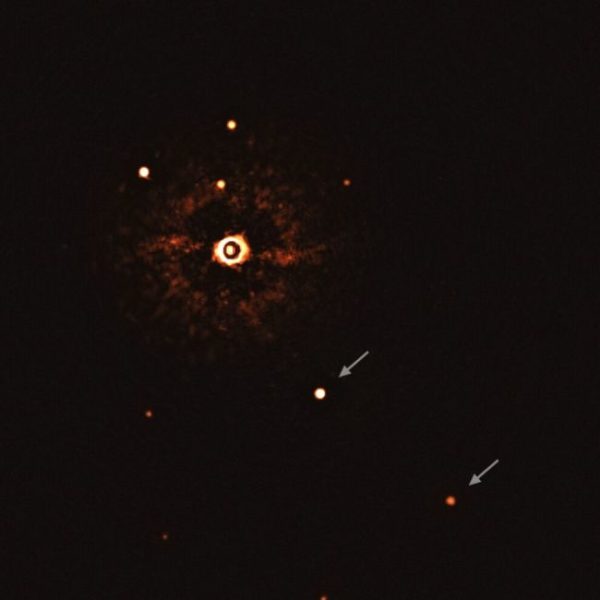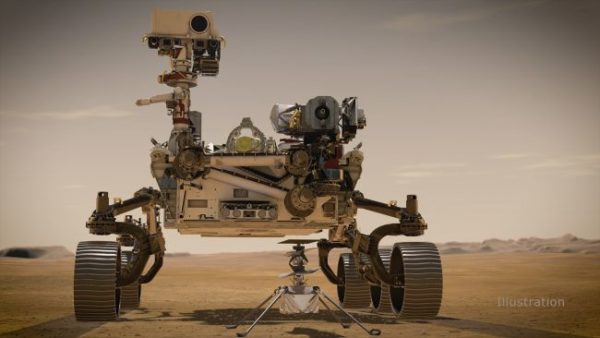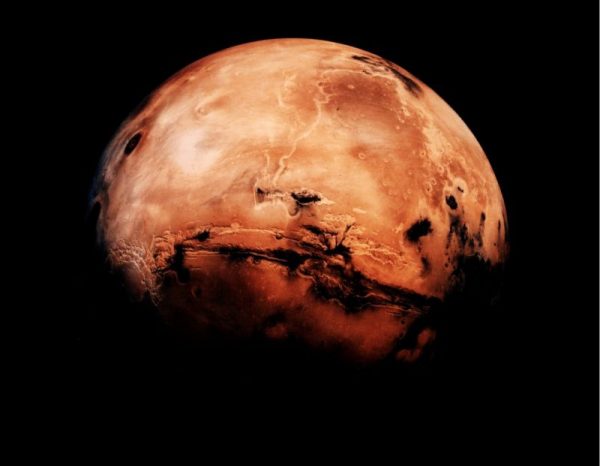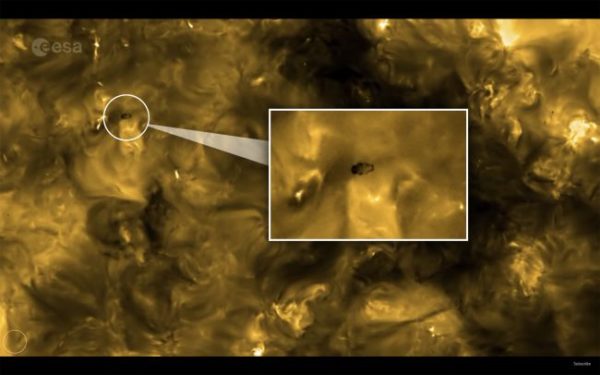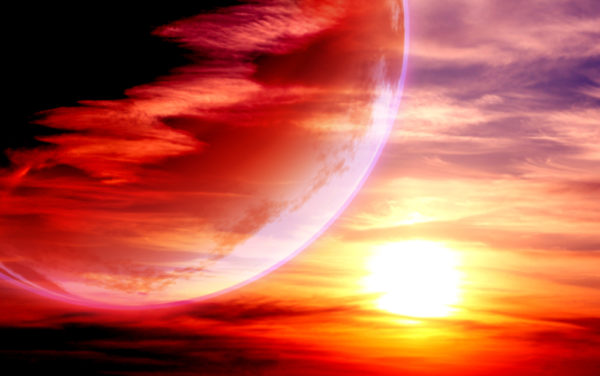SPACE: Multiplanet System Around Sunlike Star Photographed For First Time
For the first time ever, astronomers have directly imaged multiple planets orbiting a sunlike star. The European Southern Observatory’s Very Large Telescope (VLT) in Chile photographed two giant planets circling TYC 8998-760-1, a very young analogue of our own sun that lies about 300 light-years from Earth, a new study reports. “This discovery is a snapshot of an environment that is very similar to our solar system, but at a much earlier stage of its evolution,” study lead author Alexander Bohn, a doctoral student at Leiden University in the Netherlands, said in a statement. Before this historic cosmic portrait, only … Read more



